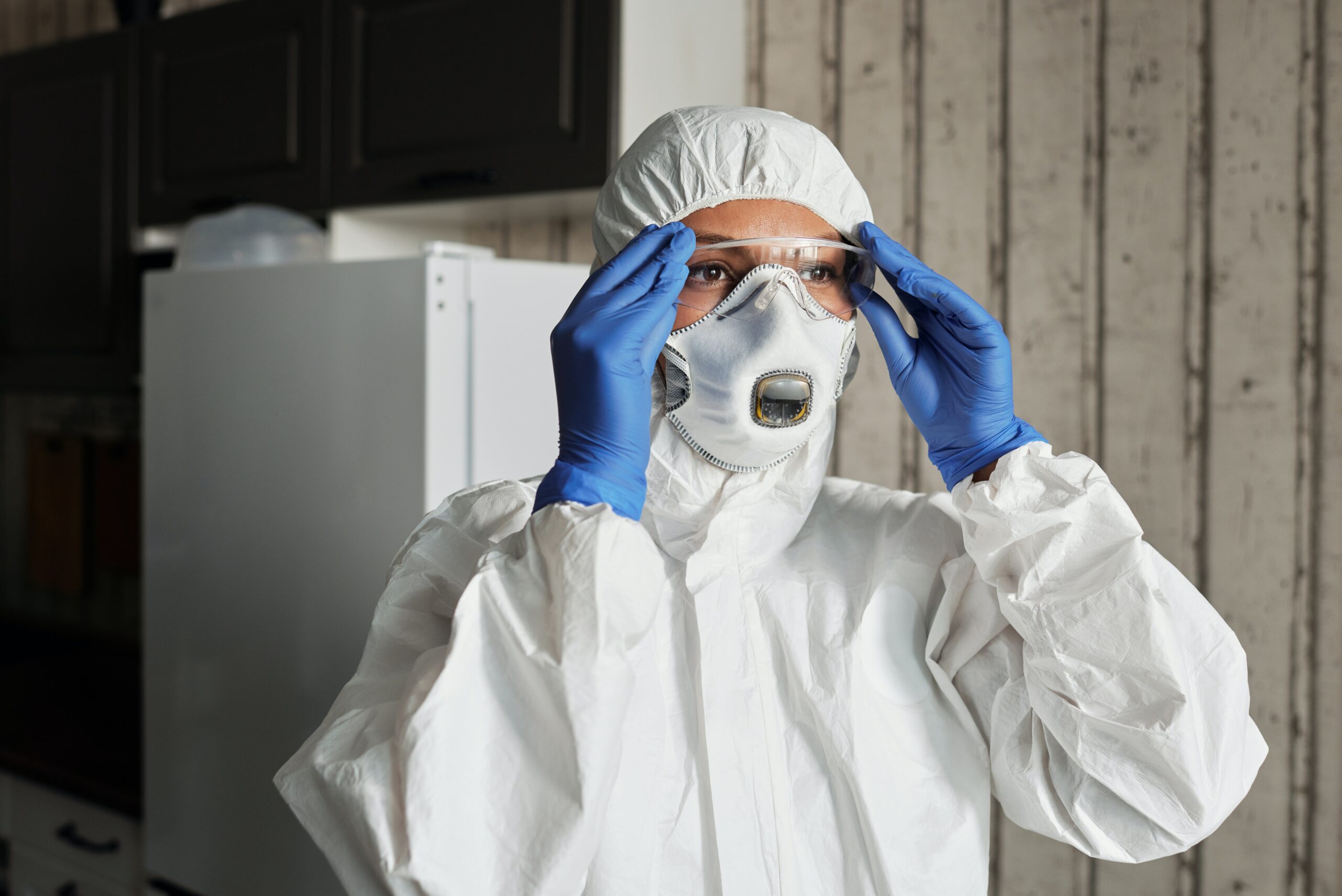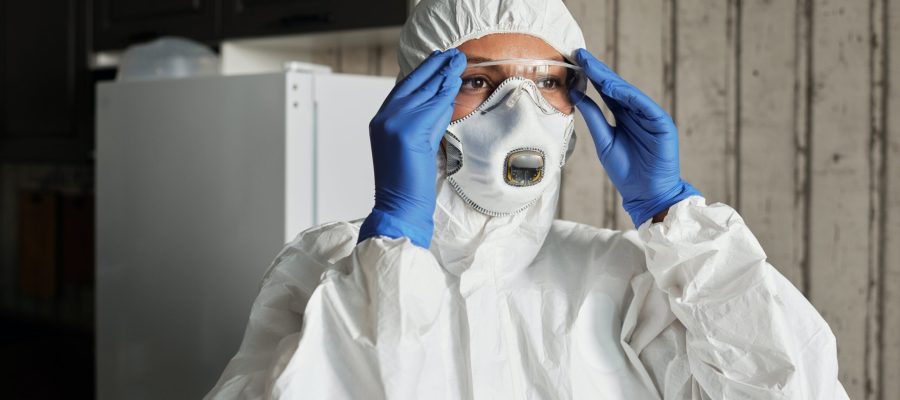

RESPIRATOR EXAMS and FIT TESTING
The Occupational Safety and Health Administration (OSHA) requires a respirator medical evaluation before the initial respirator fit test, and both must be completed before any respirator use on the job.
RESPIRATOR MEDICAL EVALUATION
A Respirator Medical Evaluation determines if your employee is medically fit to wear a respirator on the job, so that your employee is properly protected if exposed to respirable toxins. It ensures workplace compliance with respiratory protection standards established by OSHA. This evaluation also helps employers make informed decisions about which employees can use respirators under specific environmental conditions and physical demands.
Some medical conditions can make it difficult for an employee to wear a respirator at work. If the employee is not cleared for respirator use or the evaluation reveals potential limitations with a certain respirator, the Provider may request additional medical testing or recommend an alternative, such as a full-face or loose-fitting face piece.
Respirator clearance is necessary when there is a change in:
• An employee’s respirator
• An employee’s health
• Workplace environmental conditions
Respirator Medical Evaluations are recommended to be updated every one to two years, depending on respirator type, job type, the employee’s health status, environmental conditions, and other regulatory requirements.
RESPIRATOR MEDICAL EVALUATION REQUIREMENTS
To meet OSHA standards for Respirator Medical Evaluation, the Employer must supply the following information:
• Respirator type and weight
• Respirator use duration and frequency
• Expected work effort
• Expected temperature and humidity conditions
• Respiratory protection plan
• Other required personal protective equipment (PPE)
RESPIRATOR FIT TEST
Once your employee receives their respirator medical clearance, they would proceed to a Respirator Fit Test. Respirator fit tests are a must for employees who are required to wear respirators to reduce exposure to hazardous chemicals or substances such as silica dust, welding fumes, paint spray mists, and solvents. The fit test trains your employee how to properly wear their mask without having any leaks. An employee must complete the fit test using a respirator that’s the same make, model, and size as the one they will be wearing on the job, while also wearing any other required equipment. To learn more about understanding filtration efficiency and fit testing, check CDC’s DHS (NIOSH) Publication.
PULMONARY FUNCTION TESTING
Spirometry, the most common pulmonary function test, assesses lung performance. Some Occupational Safety and Health Administration (OSHA) standards require pulmonary function testing to be performed. Test results are interpreted by comparing an employee’s readings with those predicted for a person of similar description (e.g., gender, age, and height). Anytime there is a possibility that your employee may be exposed to hazardous airborne materials, pulmonary function testing would establish a baseline of their lung performance, which would prove essential in determining any adverse occupational effects.

Recent Comments